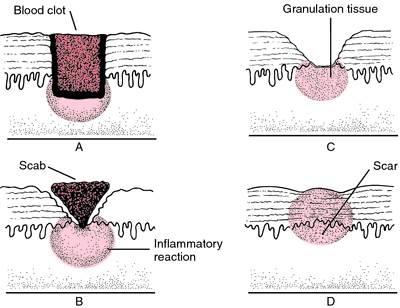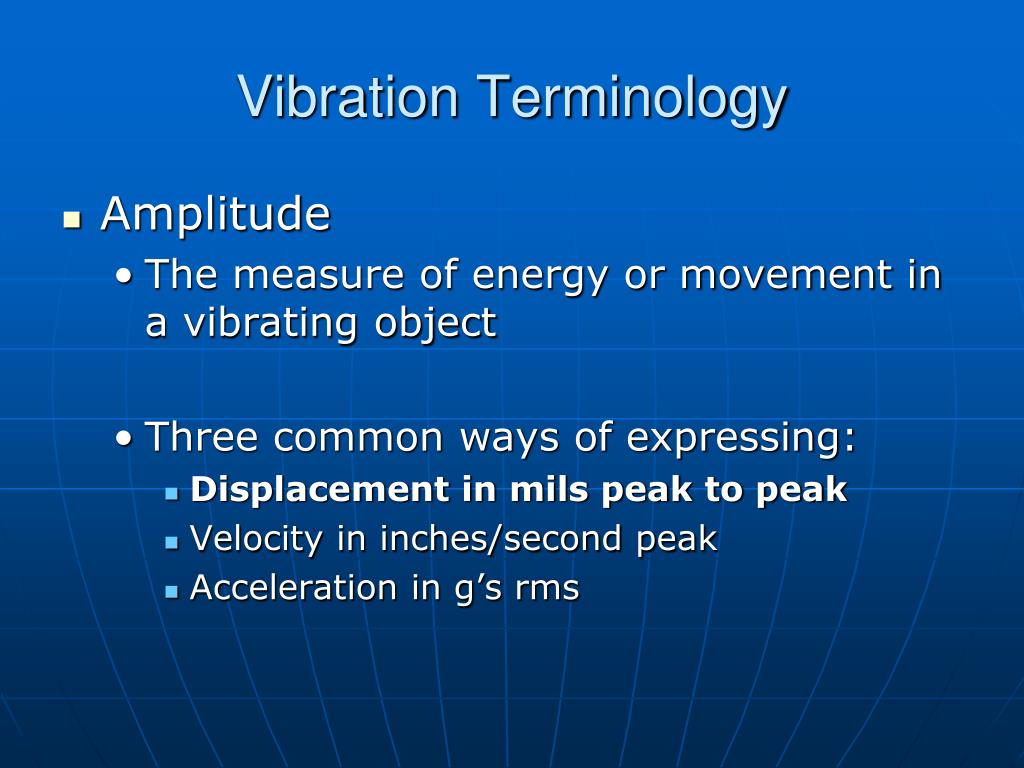

Rolling two distinguishable dice has 36 outcomes, which takes log 2 36 = 2 log 2 6 â 5.17 bits to describe. For example, a roll of a single die has 6 outcomes, and this can be described using log 2 6 â 2.58 bits on average. Logarithmic units are used in information theory when we want to concisely quantify the number of possible outcomes a random variable has.
DEFINE NEPERS PERSECOND ISO
Note that while ISO sensitivity is measured on a linear scale, on some video cameras itâs expressed instead as a signal gain measured logarithmically in decibels. These three units differ by their connotations: EV is geared toward the final image brightness, f-stop is for describing aperture size, and stop is for any exposure variable that the photographer can control (shutter speed, aperture size, ISO sensitivity, flash brightness, image brightness). A stop or an f-stop represents the same factor. (This is not the same as power, though.) Photographyīecause the power of light entering a camera can easily vary by 6 orders of magnitude, thinking about the quantities logarithmically makes it easier to reason about them. The obsolete Richter scale measures the magnitude of earthquakes, where 1 unit means 10Ã the amplitude of vibrations. Notice how the scale is inverted compared to all the others larger numbers mean less concentration. pH 0 means 10 0 ions of H + per litre of solution, while pH 14 means 10 â∡4 H + ions per litre.

The pH scale measures the concentration of hydrogen ions (H + or H 3O +) in a solution. For example, a filter whose high-frequency roll-off is â∡0.0 dB per decade can also be described as being â∣.01 dB per octave.

A decade is equal to log 2 10 â 3.322 octaves. Itâs used in electrical engineering / analog signal processing to describe the behavior of filters. So a semitone is a factor of 2 1/12 â 1.0595, and a cent is a factor of 2 1/1200 â 1.000578.Ī decade is a factor of 10, used to describe frequencies. There are 12 semitones per octave and 100 cents per semitone. In music, an octave represents a 2Ã increase in frequency. 10 â∦.5 mW), and other electrical phenomena (cable attenuation per kilometre, voltage levels, etc.). this antenna is receiving radio signals at â∦5 dBm, i.e. 0.2 Pa), the power of electrical signals (e.g. the ambient noise on the street is 80 dB ( SPL), i.e. Moreover, 10 decibels (dB) = 1 bel (B).ĭecibels are used to measure sound intensity (e.g. So 1 decibel represents an increase of 10 0.1 â 1.259Ã. Engineering and musicġ0 decibels (dB) represents a 10Ã increase in power. This establishes a frame of reference which we will later extend. Here is an overview of fields where logarithmic scales are commonly used in practice. âThe cost of gasoline is 75% of what it was yesterdayâ means the same as âThe cost is â∡.2 dB compared to yesterdayâ. Report quantities using logarithmic units when they are normally not reported logarithmically. This is similar in principle to linear units, where itâs normal to say â1 foot = 0.3048 metreâ. For example 10 dB â 2.30 nepers, so saying âplease lower the sound volume by 10 dBâ is equivalent to saying âplease lower the sound volume by 2.30 nepersâ. 90-decibel traffic noise, pH 4 acid).Īs an intellectual exercise thatâs not very practical, we can extend the usages of logarithmic scales in two ways:Įquate the various logarithmic units and use them outside their usual field of application. Only occasionally are quantities reported on logarithmic scales (e.g. 10 dollars, 3 metres per second, 5 kilograms, 2 people), and some using percentages (e.g.

Most quantities in this world are reported using linear units (e.g. Extending the use of logarithmic scales Introduction


 0 kommentar(er)
0 kommentar(er)
